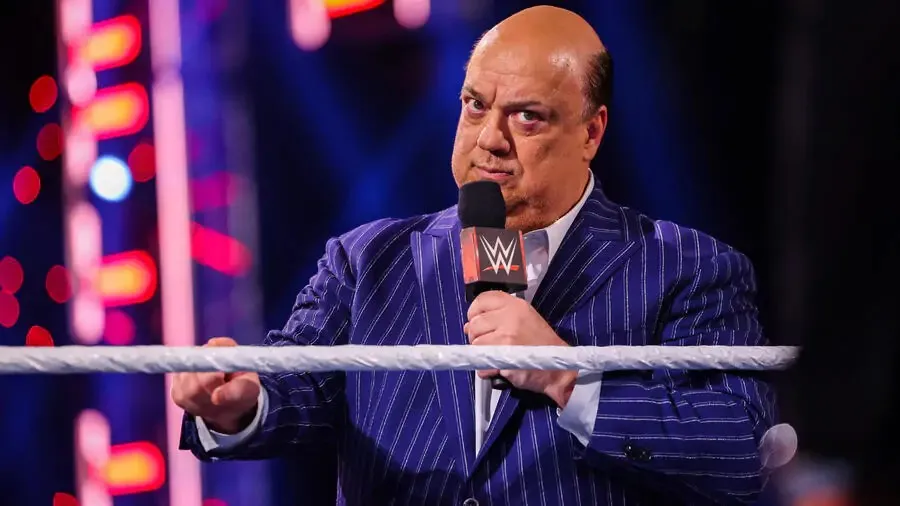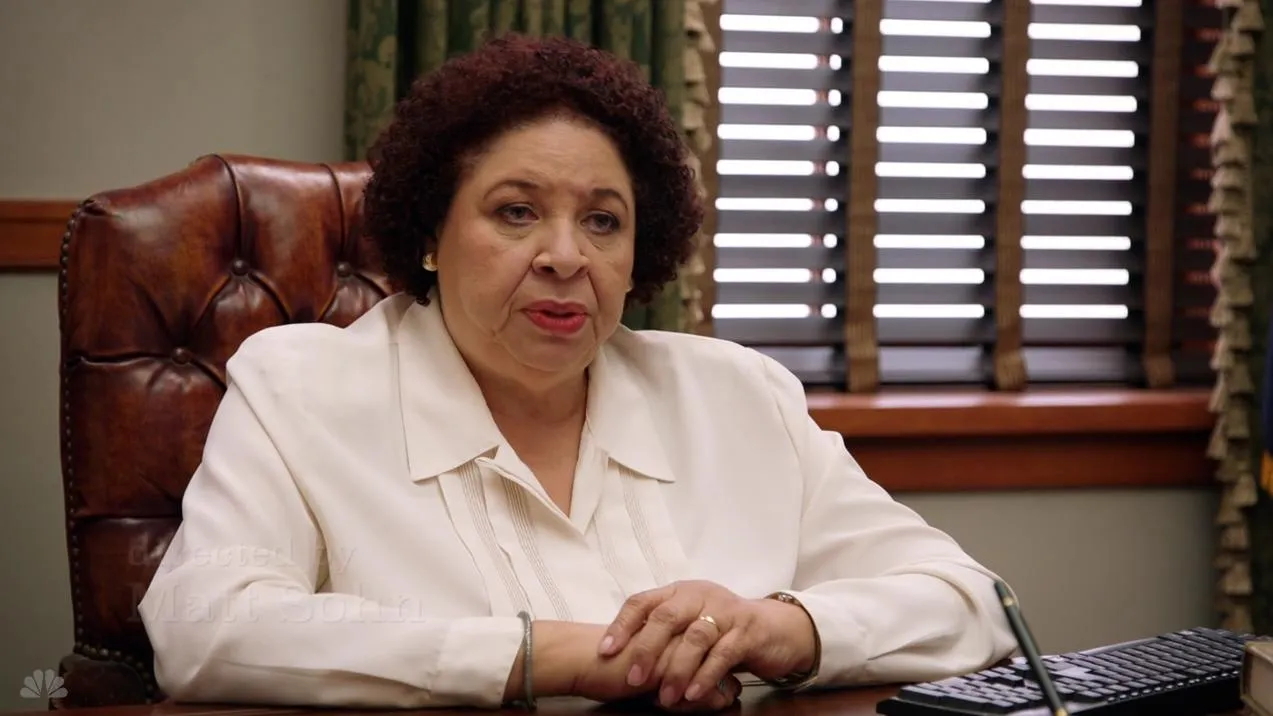A Blast from the Past
The 1990s were a transformative decade in video game history. The era introduced gamers to the fast-paced, heart-pounding action of first-person shooters like Doom, Quake, Unreal Tournament, and Halo. While gaming technology has evolved dramatically since then, the spirit of those early FPS titles is enjoying an impressive resurgence in 2025. A new generation of developers is reviving the core elements that made '90s shooters so beloved — frantic gameplay, stylized graphics, and larger-than-life weaponry — and mixing them with modern innovation to produce a wave of nostalgic-yet-fresh gaming experiences.
Why the 90s Still Matter
The 1990s were more than just the birth of iconic franchises — they were a cultural shift. Games were simpler, yet harder. Brutal but fair. They rewarded player reflexes, exploration, and creativity. They were about movement, mastery, and mayhem. The return to this design philosophy in today’s FPS games suggests a longing for the purity of old-school gameplay.
Today’s players — whether they grew up with these games or discovered them through retro revivals — are seeking the raw, unfiltered fun of classic shooters. The industry has taken note. From indie titles like Dusk and Prodeus to the Halo-inspired EVE Vanguard, developers are fusing nostalgic design with cutting-edge tools to bring the 1990s roaring back.
The Visual Comeback: Low-Poly, High Impact
One of the most striking features of the modern 90s-inspired FPS boom is its visual style. While AAA titles often chase photorealism, these retro-inspired games double down on bold colors, pixel textures, low-poly character models, and minimal lighting effects — not out of necessity, but by choice. This isn’t a technical limitation; it’s an aesthetic.
Games like Unreal, Blood, and Heretic had a gritty, exaggerated look that defined the era. New titles honor this tradition, giving players a hit of nostalgia while offering smoother animations and better performance than ever before. It's nostalgia with polish — a tribute, not a copy.
Gameplay: Speed and Chaos Reimagined
At the heart of the retro FPS revival is gameplay — specifically, speed and chaos. Modern shooters often emphasize tactical pacing, cover mechanics, and realism. But in the 1990s, it was all about strafing, bunny-hopping, and running headfirst into a room full of demons or alien soldiers with a shotgun in each hand.
This kinetic energy is back. In EVE Vanguard, for example, movement is fluid and frenetic. Players sprint, jump, and slide through combat arenas while dodging plasma fire. It’s Quake meets Halo, and it’s a refreshing break from the over-scripted gameplay of many modern FPS campaigns.
Music and Sound Design: The Pulse of the Past
No 1990s shooter revival would be complete without a hard-hitting soundtrack. Think pounding industrial beats, heavy metal guitar riffs, and eerie atmospheric synths. New games are leaning into this, bringing back the adrenaline-fueled musical backdrops that once accompanied demon-slaying marathons.
Sound design also plays a critical role. In many 90s shooters, weapon sounds were deliberately loud, satisfying, and raw — each reload and explosion designed to amplify the chaos. Modern revivals aim for the same visceral experience, using audio as a storytelling tool rather than just background noise.
Multiplayer Mayhem Reborn
Games like Unreal Tournament and early Halo games helped define what multiplayer could be. Instead of complex loadouts or battle passes, players jumped into maps and picked up weapons on the fly. It was pure, unpredictable fun.
In today’s retro FPS renaissance, this arena-style multiplayer is making a comeback. Titles like Splitgate, which blends Halo-style gunplay with fast-paced movement and portals, are reintroducing players to tight-knit, skill-based competitive play. Even newer additions like XDefiant show how developers are rethinking what “classic” can mean in a modern setting.
The Indie Revolution: Small Studios, Big Nostalgia
While big publishers occasionally dabble in nostalgia, it’s the indie studios who are fully embracing the 90s comeback. These smaller developers are unafraid to experiment, bringing handcrafted level design, mod support, and throwback menus into their games.
Take Dusk by New Blood Interactive — a clear homage to Quake and Redneck Rampage, it captured the imagination of FPS fans with its gothic tone, fast gameplay, and absurd enemies. Or Ion Fury, which runs on the Build engine from Duke Nukem 3D, delivering an authentic ‘90s experience with modern polish.
These titles prove that nostalgia isn't just a marketing gimmick — it's a foundation for new creativity.

Why Players Love It
So why is this style so popular again? The answer lies in how the games make you feel.
-
Rewarding gameplay: There’s little hand-holding. You earn progress through skill.
-
Pure fun: No grinding. No leveling trees. Just shoot, move, survive.
-
Nostalgic comfort: For many, these games are a trip down memory lane — but with a smoother ride.
There’s also a growing fatigue with bloated AAA titles. Gamers are craving focused, content-rich experiences that respect their time and give them control. Retro shooters deliver just that.
Looking Ahead: What’s Next for Retro Shooters
The success of 90s-style FPS games shows no signs of slowing down. More indie projects are in the works, and even larger studios are exploring stripped-down mechanics, stylized art, and explosive level design.
Expect continued crossovers between retro and modern — VR shooters with 90s gameplay, cross-platform multiplayer, and maybe even AI-generated levels that blend randomness with classic design sensibilities.
The nostalgia wave isn’t about going back — it’s about bringing the best of the past into the future of gaming.
Long Live the 90s
The 1990s were revolutionary for the FPS genre, and in 2025, that spirit is alive and well. As gamers rediscover the thrill of fast movement, big guns, and arena battles, it’s clear that the classics never truly go out of style. Whether you're a veteran of the Doom days or a newcomer raised on Fortnite, there’s never been a better time to dive into the chaotic, pixel-perfect world of retro shooters.





